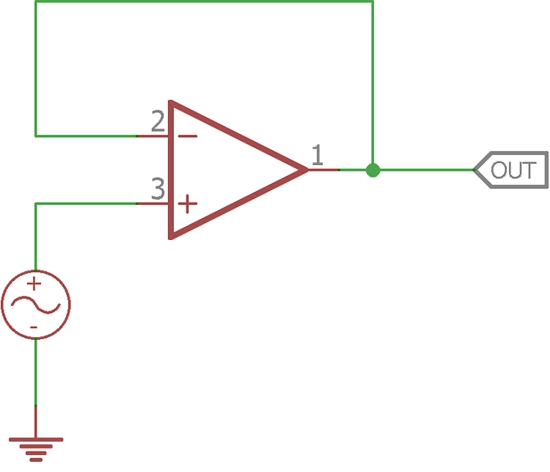Frequency compensation of operational amplifiers
Time:2023-10-04
Views:649
Operational amplifiers, or operational amplifiers, are often seen as the "old cows" in analog circuit design. As early as the era of analog computers, operational amplifiers were long used for mathematical calculations of analog voltages, hence the name operational amplifiers. Nowadays, operational amplifiers are mainly used for voltage comparison, differentiation, integration, and summation. Moreover, after adjusting the operational amplifier circuit, it can achieve many different functions, but it still has a few limitations that can cause trouble for your design.


The main challenge is to improve the stability of operational amplifiers in high-bandwidth applications. The solution is to compensate the operational amplifier in terms of frequency response, and add a frequency compensation circuit at both ends of the operational amplifier. The stability of an operational amplifier depends on different parameters. This article aims to teach everyone the importance of frequency compensation in design.
The Simple Foundation of Operational Amplifiers
Before we come directly into advanced operational amplifier applications and understand how to use frequency compensation to stabilize operational amplifiers, let‘s first understand the basics of operational amplifiers.
The operational amplifier can be configured as open loop and closed loop. In an open loop, there is no feedback circuit. But in a closed-loop system, the amplifier needs feedback to function properly. The operational amplifier can incorporate negative or positive feedback. If the feedback network is on the positive pin of the operational amplifier, it is called positive feedback. On the contrary, connecting to the negative pin is called negative feedback.
Why frequency compensation is needed in operational amplifiers
Let‘s take a look at the amplifier circuit below. This is a simple negative feedback in-phase operational amplifier circuit. This configuration method is a unit gain follower.

The above circuits are common in electronic devices. Everyone knows that the input impedance of an amplifier is very high and can output a reasonable amount of current. Therefore, the operational amplifier can use low-level signals to drive and generate higher currents.
But what is the maximum safe output current of the operational amplifier that drives the load? The above circuits are sufficient to drive pure resistive loads, but if we connect an inductive load at the output end, the operational amplifier will become unstable. Depending on the inductance of the load, in the worst case, the operational amplifier may even oscillate.
Let‘s explore why the operational amplifier becomes unstable when the inductive load is connected to the output. The above circuit can be represented by a simple formula:
Acl=A/1+A β
Acl is the closed-loop gain. A is the open-loop gain. β Is the feedback coefficient. This means that the output will return to the input of the operational amplifier. Because the amplifier is a unit gain amplifier, the feedback coefficient is 1, so all outputs are fully returned to the input.
As for A β Let‘s draw a negative feedback amplifier to explain from different perspectives.

The above image is a graphical representation of the equation and the negative feedback amplifier circuit. This is the same as traditional negative feedback circuits. They all have AC input to the positive pin, while the feedback is on the negative pin. The circle inside is the addition point, which has two inputs. One is the input signal, but the other is the input from the feedback circuit.
|
Disclaimer: This article is transferred from other platforms and does not represent the views and positions of this site. If there is any infringement or objection, please contact us to delete it. thank you! |











